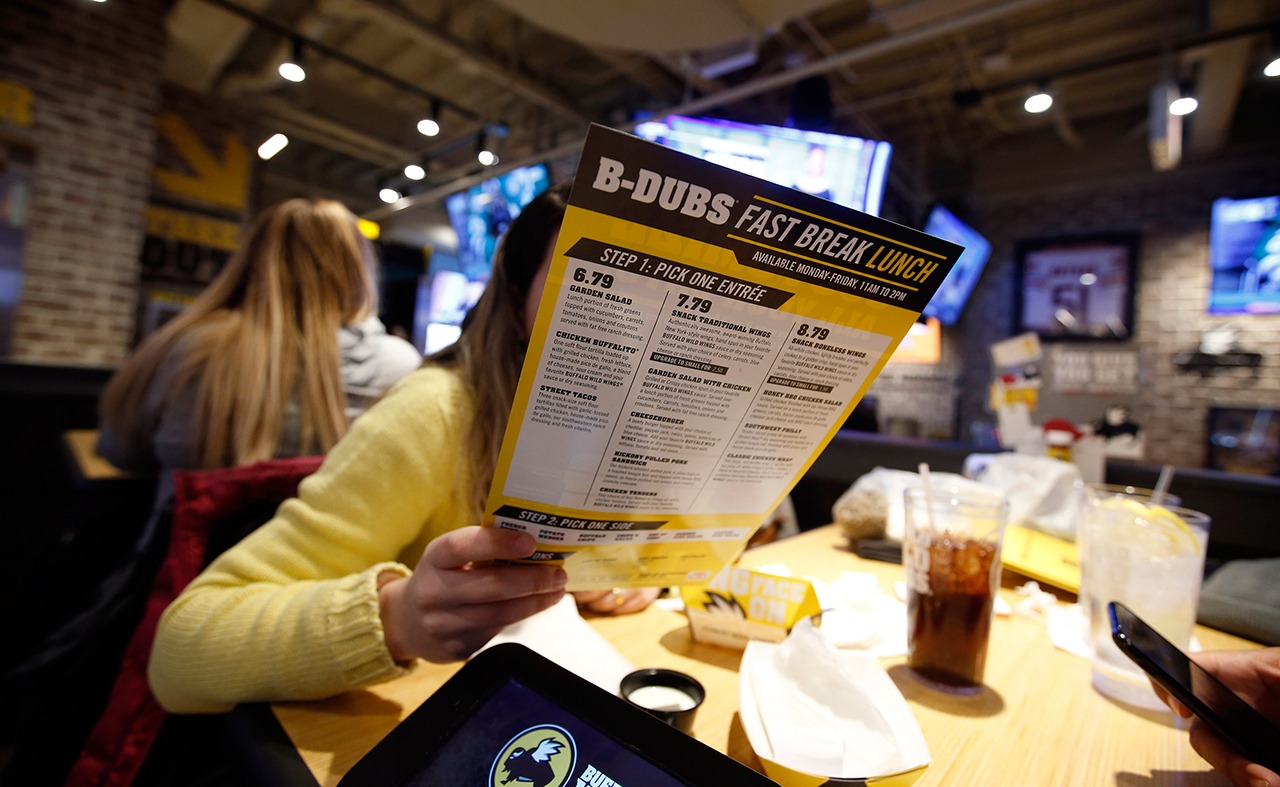By Samantha Bomkamp
Chicago Tribune
Sorry, diners: Although restaurants got pushback for raising menu prices in 2016, they aren’t expected to cave in and lower them this year.
But there’s a silver lining. Promotions and deals on meals may be more widespread, which means eagle-eyed diners still can grab a bargain if they can find it.
The restaurant industry largely held prices steady after the recession, in a desire to prop up sales while customers remained skittish. Last year, many raised prices as they expected an improving economy would give consumers more disposable income to eat out. But Americans weren’t feeling as confident as restaurants were hoping. Consumers are bogged down by rising costs for health care, student debt and other costs, and they also have cheaper alternatives like grocery store prepared meals and at-home kits.
“You don’t have to go to a restaurant to get a prepared meal,” said Bonnie Riggs, an analyst with the research and consulting firm NPD. “You can order delivery, use a meal kit, get a rotisserie chicken at the grocery store. … We have so many options available to us now.”
Big price gap
Those alternatives are growing in number and popularity, in part because restaurant rivals — like grocery stores — are passing cheaper food prices on to their customers. Restaurants, on the other hand, largely are digging in their heels. This has created the widest price gap between food eaten at home versus food eaten away from home in decades, according to government data.
“People have sticker shock,” Riggs said. “It’s not that they don’t want to go to restaurants — it’s that they can’t afford to go to restaurants that often.”
Some restaurant companies said in their quarterly conference calls this fall that they were taking a “wait-and-see” approach to menu pricing in 2017. Among the restaurants that offered a specific plan to raise menu prices was Brinker International, which operates Chili’s and Maggiano’s. The company said it plans to continue with price increases between 1.5 and 2 percent, offset by some discounts on food and alcohol. Buffalo Wild Wings said it plans “minimal” price increases in 2017 after raising prices about 3.4 percent at company-owned restaurants over 12 months.
Fast-food chains, which have more price-sensitive customers, are adjusting their product offerings to increase customer spending without raising prices. McDonald’s, for example, has added more expensive “signature crafted” sandwiches. It’s also pushing its McPick 2 menu, which allows McDonald’s to offer a deal to customers but also requires customers to purchase two items. The burger chain’s old Dollar Menu only required the purchase of one item.
staying home
Restaurant visits stalled in the first half of 2016, and declined in the third quarter, according to NPD. Visits to fast-food chains, which make up a majority of overall restaurant visits in the U.S., fell for the first time in five years.
This is adding to some analysts’ concerns that the restaurant industry will go into a recession.
“The restaurant industry will continue to limp along as meals out get more expensive and the alternatives continue to grow,” Riggs said. She forecasts restaurant growth will remain relatively flat this year, with declines in already squeezed segments like casual dining, which includes chains like Chili’s and T.G.I. Friday’s.
Labor costs rise
So why don’t restaurants just lower prices? Their costs are rising, especially for rent and labor. Labor costs in particular, because of the rising minimum wage, will counter the benefit from sustained cheap food prices, Moody’s analyst William Fahy said.
“Labor costs will continue to go up, so when wages go up, you’re not getting a break from lower commodity prices,” he said.
And as wages rise in a number of big cities, some companies are using other means to curb turnover, like tuition assistance plans, to save on hefty new employee training costs. Fahy said turnover in the restaurant industry consistently tops 100 percent, meaning that a restaurant would have to replace its entire staff and fill some positions more than once, over the course of a year.
Fahy said turnover has “come down considerably” recently. And by offering more programs and perks for their employees, restaurants can hold on to their best employees longer.
“Everybody is trying to get a better quality employee,” Fahy said.
More promotions
As competition intensifies from new chains and old ones expanding, and the effort to hold onto higher menu prices intensifies, promotions should escalate, he said.
Restaurants hope an increase in promotions will draw more customers in that had been opting to make more meals at home. A key focus is on getting existing customers to come back more often.
“The restaurant industry is only going to grow through repeat visits, and we’re seeing those heavy users make less visits,” Riggs said.
While restaurants traditionally have sent promotions through mailers, email and more recently social media, more are being offered on smartphone apps as a way of drawing customers to their new technology. Many quick-service chain restaurants, from McDonald’s to Dunkin’ Donuts, offer special promotions for customers who download their app.
Promotions will keep restaurants’ collective heads above water, Riggs said, but she still believes the pace of restaurant closures may continue as foot traffic remains stalled. Some big restaurant chains closed locations or filed for bankruptcy last year, including Old Country Buffet, Ruby Tuesday, Cosi and Logan’s Roadhouse.
“We’ve got more restaurants than we’ve got bodies to fill them,” Riggs said.



